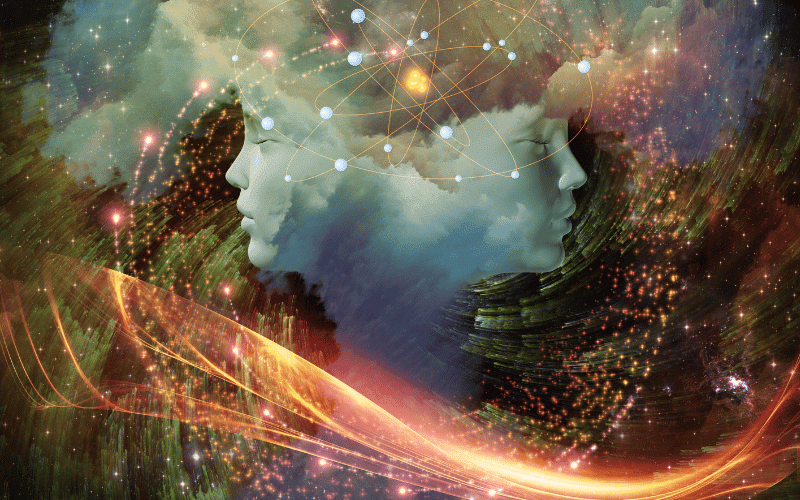Introduction: Journey into the World of REM Sleep

When we speak of sleep, we are often referring to a complex and intricately orchestrated process. Among the various stages of sleep, Rapid Eye Movement (REM) stage is the most intriguing. It’s during this phase that we dream. However, for those grappling with RBD, this stage becomes a battleground, where the boundary between dreams and reality blurs alarmingly.
RBD is a sleep disorder characterized by the loss of muscle atonia, the paralysis that prevents us from acting out our dreams. This lack of immobilization allows individuals to enact their dreams physically, often leading to violent movements and potential harm.
But how does one identify RBD? It’s through its symptoms. Symptoms that manifest uniquely, making them the key to recognizing and diagnosing the condition. And that’s precisely where we’re headed next. We’re about to delve into the top 10 symptoms of RBD – your guide to understanding and identifying this peculiar sleep disorder.
Symptom 1: Physical Activity During Dreams

The journey into the symptoms of REM Sleep Behavior Disorder (RBD) begins with perhaps the most notable one – physical activity during dreams. This phenomenon sets RBD apart from other sleep disorders and is a key indicator of the condition’s presence.
When a person enters the realm of REM sleep, the body typically experiences what is known as muscle atonia – a natural paralysis that prevents us from physically acting out our dreams. However, in the case of RBD, this mechanism fails, resulting in active and often vigorous movements that mirror dream content.
For individuals with RBD, dreams become more than just abstract narratives played out in their minds. They transform into physical enactments, often marked by dramatic gestures and dynamic movements. It’s not uncommon to see a person with RBD kicking, punching, or even leaping from their bed, much like a scene from their dream. (1)